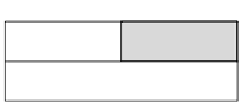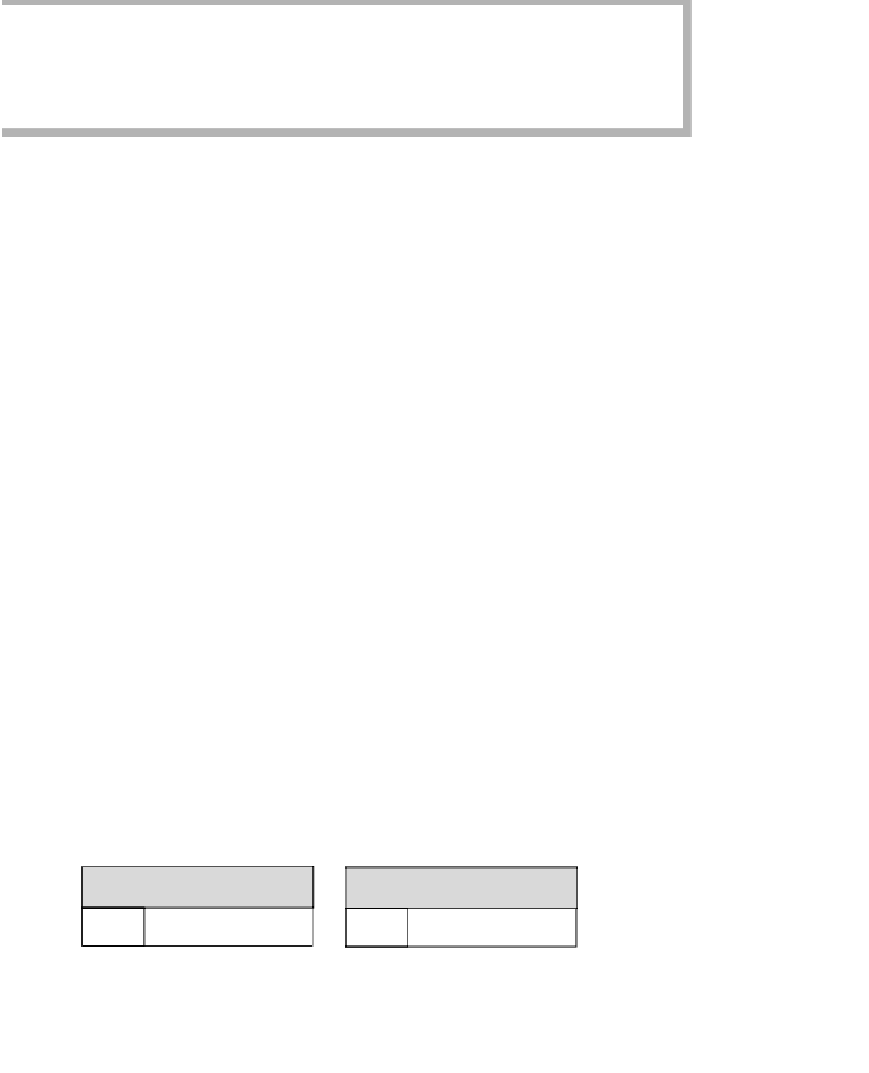Java Reference
In-Depth Information
figure 5.6
The subsequences
used in Theorem 5.2
i j j + 1 q
S
j
+ 1
, q
< 0
<
S
j
+ 1
, q
by not including it. This observation by itself is not sufficient to reduce the
running time below quadratic. A similar observation also holds: All contigu-
ous subsequences that border the maximum contiguous subsequence must
have negative (or 0) sums (otherwise, we would include them). This observa-
tion also does not reduce the running time to below quadratic. However, a
third observation, illustrated in Figure 5.7, does, and we formalize it with
Theorem 5.3.
For any
i
, let be the first sequence, with . Then, for any and
, either is not a maximum contiguous subsequence or is equal to an
already seen maximum contiguous subsequence.
A
ij
S
ij
<
0
i
≤≤
pj
Theorem 5.3
,
,
pq
≤
A
pq
,
Proof
If
pi
=
, then Theorem 5.2 applies. Otherwise, as in Theorem 5.2, we have
. Since
j
is the lowest index for which
S
iq
=
S
ip
1
+
S
pq
S
ij
<
0
, it follows that
,
,
-
,
,
S
ip
1
≥
0
. Thus
S
pq
≤
S
iq
. If
qj
>
(shown on the left-hand side in Figure 5.7), then
,
-
,
,
Theorem 5.2 implies that
A
iq
is not a maximum contiguous subsequence, so neither
,
is
A
pq
. Otherwise, as shown on the right-hand side in Figure 5.7, the subsequence
has a sum equal to, at most, that of the already seen subsequence
,
A
pq
A
iq
.
,
,
figure 5.7
The subsequences
used in Theorem 5.3.
The sequence from
p
to
q
has a sum that is,
at most, that of the
subsequence from
i
to
q
. On the left-hand
side, the sequence
from
i
to
q
is itself not
the maximum (by
Theorem 5.2). On the
right-hand side, the
sequence from
i
to
q
has already been
seen.
i j j + 1 q
i q j
S
i, q
S
i, q
<=
S
i, q
<=
S
i, q
>=0
>=0
p -
1
p
p -
1
p




Search WWH ::

Custom Search